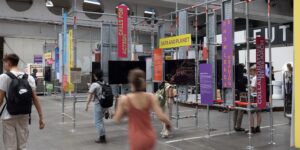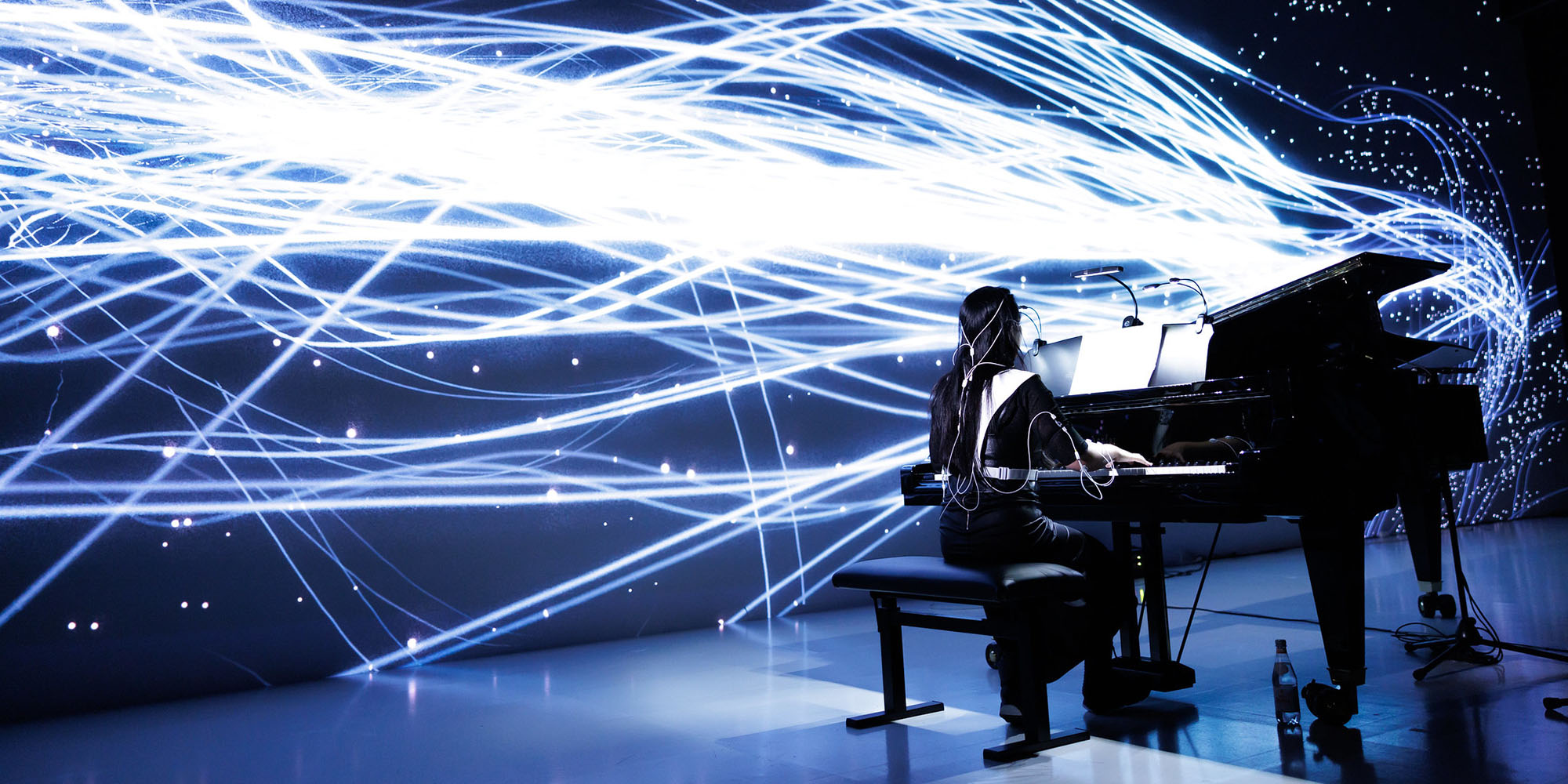Raphael Schaumburg-Lippe
-

Faust VR
Virtual Dive into Theater History
The virtual reality application Faust VR combines a digital recreation of the famous “Faust” production by Max Reinhardt from the 1930s with a specially created dramaturgy: It leads visitors through the formative elements of the play in the unique “Faust town”.
-
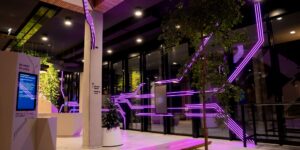
AT&S Erlebniswelt
Connect via Interactive Nervous System
Based in Austria, AT&S is a leading supplier of high-end printed circuit boards and substrates for the semiconductor industry. The company invited the Ars Electronica Futurelab to contribute to the design of the new headquarters – including the installation of an interactive “Nervous System”.
-
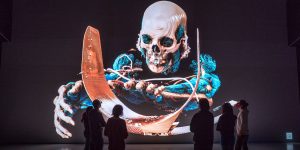
Deep Space 8K EVOLUTION
Ars Electronica’s Most Exciting Experience Space
Three visually stunning dimensions, over 50 million pixels of resolution, and a high-performance tracking system make Ars Electronica’s Deep Space 8K one of the world’s most exciting digital experience spaces – developed, built, and continuously maintained by the Ars Electronica Futurelab.
-
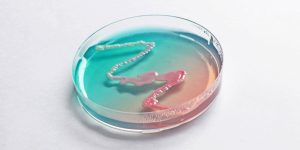
SonoSynthesis
Can Machines and Nature Co-Create Music?
In the new era of creative collaboration, can machines and nature co-create art and music? In the SonoSynthesis project, a team of researchers from the Ars Electronica Futurelab brought together AI, biology, and Deep Space technologies to develop an immersive audio and visual experience.
-

Sounding Letters
Visualized Human/AI Piano Performance
A captivating virtual experience: the program Sounding Letters at Deep Space 8K shows how humans and AI create music together with a 3D piano concert.
-
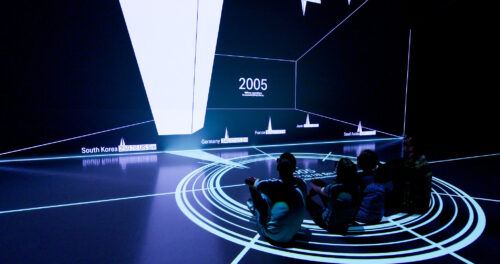
Dataspace
Global impacts of the Russian war on Ukraine
What is truth, what is the role of journalism, and how can art and journalism contribute in a meaningful way in the midst of seemingly endless crises? Dataspace is a project that proposes a form of “newspaper of the future,” showcasing data on the profound impact of Russia’s war on Ukraine in the Ars Electronica…
-
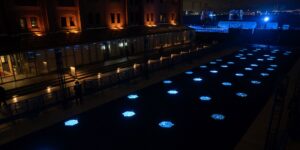
Stream of Hope
Large-Scale Fluxel Performance in Japan
Ars Electronica Futurelab’s Fluxels, a scalable swarm of ground robots equipped with hexagonal LED displays, brought about a new language of visual expression. Stream of Hope in Osaka and Yokohama showcased their versatility at large-scale events.
-
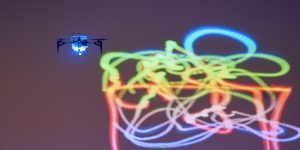
Space Ink
Three-Dimensional Drawings With Drones
What if we can draw in any space with a pen? This question is at the heart of Space Ink, where tablets and drones are brought together to create large-scale works in three-dimensional space using light and color.
-

Bio Ink
Can Ink Be Alive?
In Bio Ink, the Futurelab brought together biotechnology and digital pen tablet technology to create living ink that grows freely beyond human input. With this research, the team explored co-creation with other organisms and nature.
